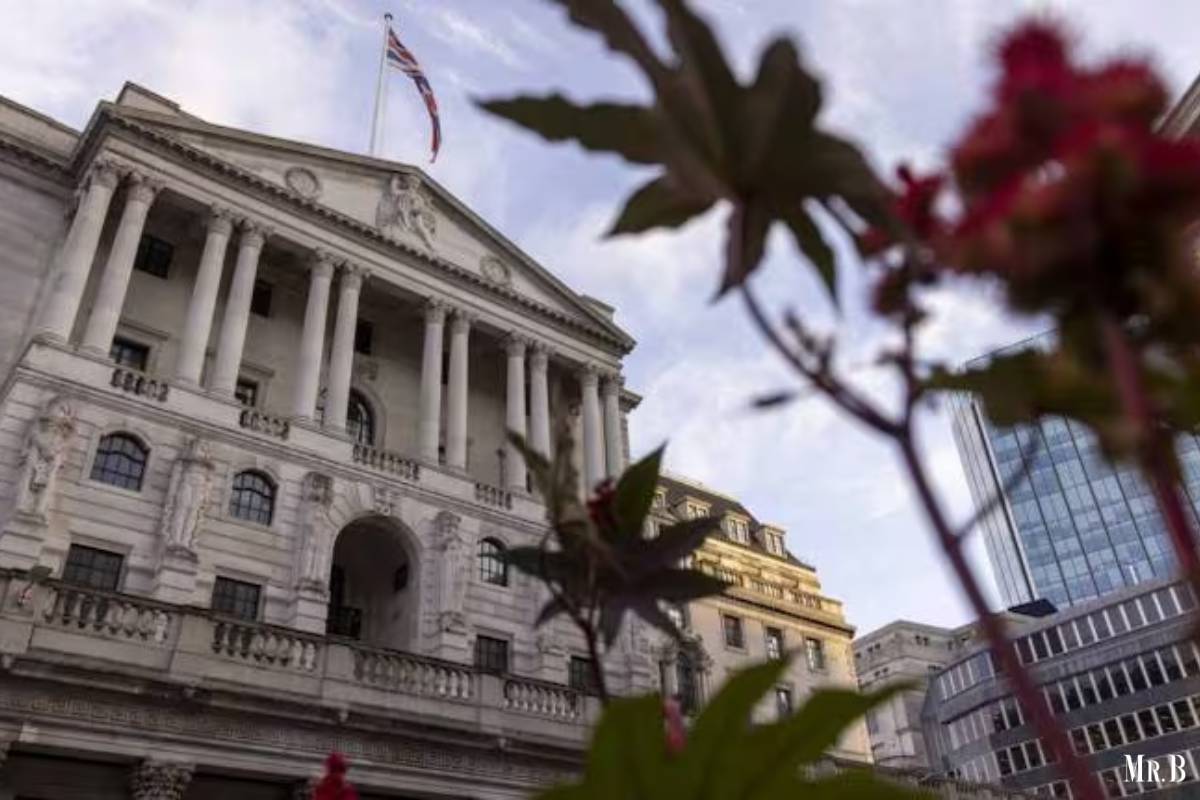On Thursday, the Bank of England announced its decision to keep its main interest rate unchanged at 5.25%, maintaining it at a 16-year high. This move diverges from recent actions taken by other central banks, such as the Swiss National Bank’s surprising quarter-point rate cut, marking a distinct approach amidst global economic uncertainty. The decision, widely expected by financial markets, follows the U.S. Federal Reserve’s choice to maintain its benchmark rate, albeit without explicit signals of impending rate reductions. While the Swiss National Bank opted for a rate cut in response to specific domestic considerations, the Bank of England’s decision reflects a broader assessment of the UK’s economic landscape.
Context and Market Expectations to Interest rates
Despite mounting pressures from global economic trends, the Bank of England refrained from signaling immediate rate cuts, in contrast to market expectations. Recent data showing a significant drop in inflation in the United Kingdom, down to a 2.5-year low of 3.4% in February, fueled speculation that lower interest rates might be imminent. However, Bank Governor Andrew Bailey emphasized the need for further evidence to ensure sustained progress towards the bank’s inflation target of 2%. The Bank of England’s decision to maintain interest rates at a 16-year high reflects its cautious approach to economic policy amidst uncertain global economic conditions. While the recent decline in inflation is encouraging, policymakers remain vigilant, considering various factors that could impact the trajectory of inflation and economic growth. Geopolitical tensions, supply chain disruptions, and the ongoing COVID-19 pandemic pose significant challenges to the global economy, necessitating a nuanced and data-driven approach to monetary policy.
Implications and Future Outlook
The Bank of England’s decision underscores the delicate balance between stimulating economic recovery and managing inflationary pressures. While the recent decline in inflation provides some relief, policymakers remain cautious about the broader economic outlook. With global uncertainties persisting, including geopolitical tensions and supply chain disruptions, central banks face the challenge of navigating a complex economic landscape. As markets await further clarity on the trajectory of interest rates, the Bank of England’s cautious approach reflects a commitment to prudent monetary policy amid evolving economic conditions. As central banks navigate evolving challenges and assess incoming data, market participants will closely monitor policy developments for insights into the future direction of interest rates and their implications for the broader economy.
Curious to learn more? Explore this News on: Mr. Business Magazine







